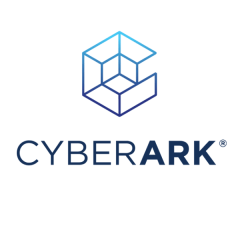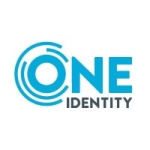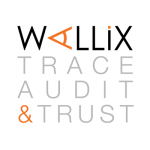What is our primary use case?
I use CyberArk Privileged Access Manager for privileged access management for our IT administrative team. It helps in managing access to IT systems.
By implementing this solution, we wanted to monitor and manage access. We wanted to control who can log into which machine.
How has it helped my organization?
Our administrators no longer have to save the passwords or credentials in a file or spreadsheet to share with colleagues. Everything is organized in a vault. We have logs on which credentials were used and at what time on a machine.
CyberArk Privileged Access Manager is very powerful and customizable. We are able to customize it as per our needs.
It has been stable over the last four years, and we have a good overview of the usage of every credential on hosts and endpoints. Our infrastructure consists of many solutions and pieces, and CyberArk Privileged Access Manager is one of the important pieces.
CyberArk Privileged Access Manager has not helped us reduce the number of privileged accounts, but it certainly helps us manage our privileged accounts. Without it, it would not be possible to manage them.
CyberArk Privileged Access Manager assists us in meeting compliance and regulatory requirements from the government, the European Central Bank, and our customers. It is hard to measure the time saved on satisfying compliance requirements related to financial services by implementing CyberArk Privileged Access Manager, but without it, it would not be possible for us to meet these requirements.
What is most valuable?
The most valuable features of CyberArk Privileged Access Manager are its robust functionality and reliability.
It has reduced the mean time to respond, but it is hard to provide any metrics. Its log and audit files are very helpful when we have to investigate an incident.
CyberArk Privileged Access Manager helps ensure data privacy because we now know who is using which credentials and at what time.
CyberArk Privileged Access Manager did not have much effect on our operational efficiency because it is a new tool for us. Any new tool means more work. It has also not saved us costs, but without it, we would not be able to meet the requirements for operating our bank.
We were able to realize its benefits immediately after the deployment.
What needs improvement?
The graphical user interface could be simplified and harmonized for better usability. It should be consistent. Its GUI is very confusing.
For how long have I used the solution?
I have been using CyberArk Privileged Access Manager for four years.
What do I think about the stability of the solution?
Overall, the stability of the solution is high. I would rate it a nine out of ten for stability.
What do I think about the scalability of the solution?
Currently, it meets my organization's capacity requirements. I would rate it a nine out of ten for scalability.
We have about 6,000 employees at different locations. We have different operating systems, database systems, and decentralized infrastructure.
How are customer service and support?
Their technical support is good, but it can be better. Even if we provide everything required along with the ticket, we get a standard response asking for the logs. They do not go into analyzing the issue. They just ask for the log files. I would rate their support a six out of ten.
How would you rate customer service and support?
Which solution did I use previously and why did I switch?
We did not use any solution before CyberArk Privileged Access Manager. This is the first solution we are using for Privileged Access Management.
How was the initial setup?
Its implementation took us a year because we have a complicated infrastructure. It requires support from a consultant or an implementation partner. You cannot install it yourself. The automatic onboarding of the privileged accounts is a lot of work.
It requires maintenance because if your infrastructure changes, you have to take care of all the new credentials. If you also have a cloud setup, you need to figure out how to connect everything. There is a lot of work involved in maintaining it. It is not easy.
What about the implementation team?
We took the help of a third party for deployment and customization.
What's my experience with pricing, setup cost, and licensing?
CyberArk Privileged Access Manager is on the expensive side.
What other advice do I have?
I would recommend CyberArk Privileged Access Manager to other users. It is one of the leaders in Gartner's Quadrant. It is stable.
My overall rating for the solution is an eight out of ten.
Which deployment model are you using for this solution?
On-premises
Disclosure: PeerSpot contacted the reviewer to collect the review and to validate authenticity. The reviewer was referred by the vendor, but the review is not subject to editing or approval by the vendor.

















